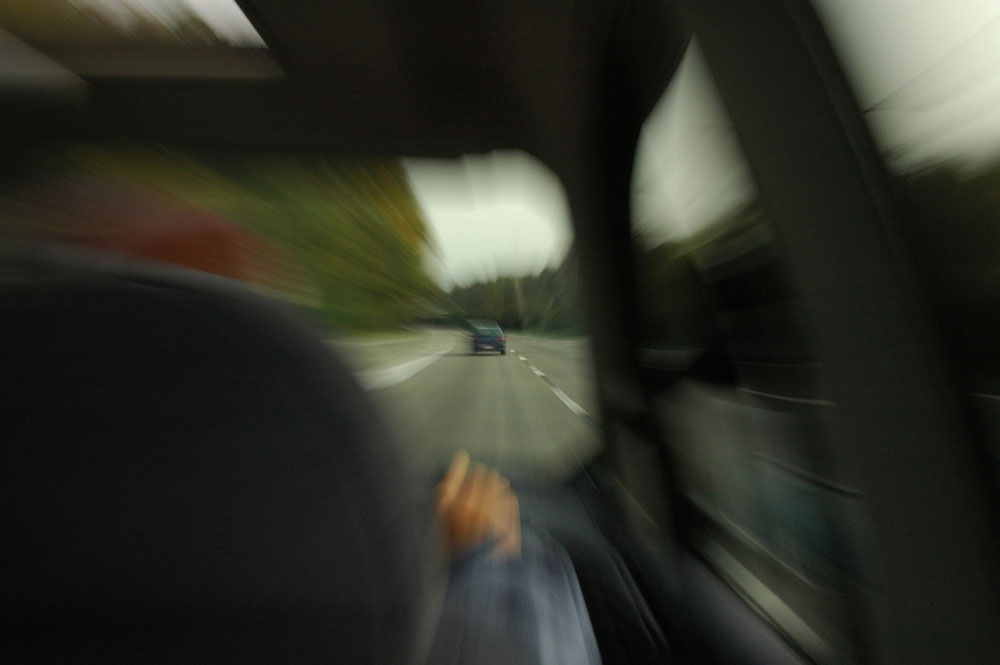Car ownership has gotten more expensive than ever, and when economic times are tough, owning a car can be a real financial strain. Here are five ways you can lower the cost of ownership and drive cheaper
1. Cut your fuel consumption
When gas prices are low, thoughts of eco-driving tend to go out the window — but driving more economically is the easiest way to reduce the cost of car ownership, though the gains are, admittedly, modest. Reducing fuel consumption is simply a matter of changing your habits and paying a little closer attention to things like tire pressure.
2. Shop around for car insurance
The advent of low-cost Internet-based insurance companies has made this a buyer’s market for car insurance. Taking an afternoon to call or click around and do some comparison shopping could save you a few hundred dollars per year. While you’re at it, call your own insurance company to see if they’ll match any lower rates you’ve been quoted. Note, however, that there’s no such thing as a free lunch; cheaper companies may not offer the best level of claims service, so if you’re an accident-prone driver and are happy with your insurance company’s customer service, you might want to stay put.
3. Keep your old car
Even factoring in the cost of repairs, keeping your old car once it’s paid off is almost always cheaper than buying a new car. Most people get scared at the prospect of a four-figure repair bill, but your car would have to rack up around $20,000 in repairs over 3 to 5 years to outpace the cost of buying new. And don’t forget that older cars are generally cheaper to insure.
4. Buy a new car
If you’ve got a high car payment, buying a new car could help your monthly cash flow. When the economy takes a downturn, new car sales always suffer, and most car dealers are desperate to deal. Shop carefully and bargain hard, and you may be able to negotiate a lower monthly payment than what you’re paying now. (Bear in mind, however, that you’ll probably end up paying more in the long term.) Smaller, less-expensive cars will save you money on payments and fuel. Leasing is a good way to lower your payments, but it’s not necessarily a good long-term solution — once your lease is up, you’ll have to buy a new car or purchase your current vehicle as a used car.







